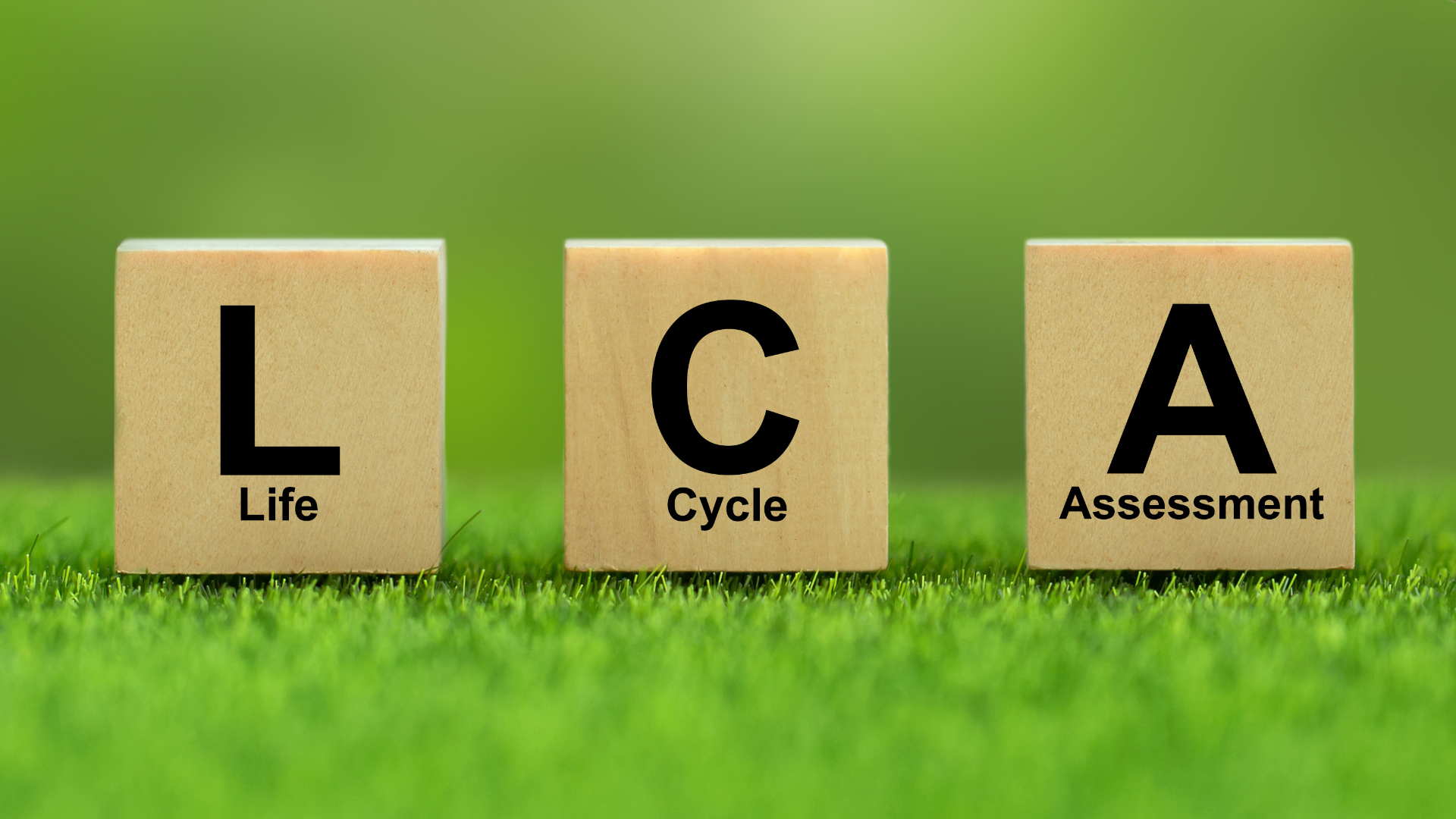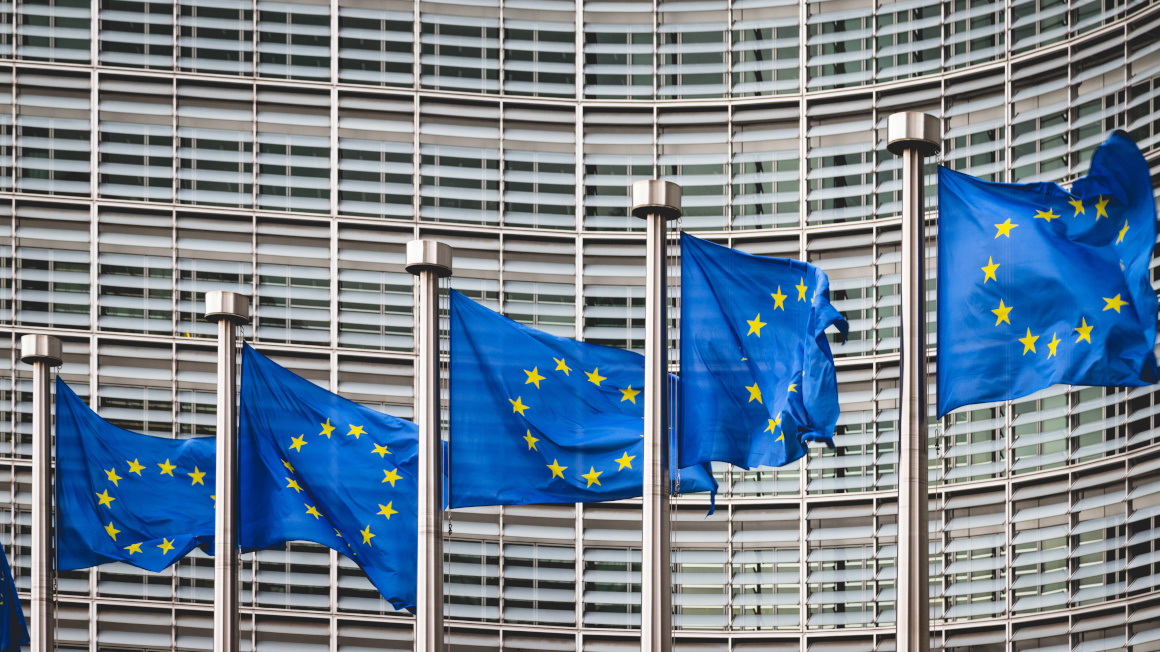Understanding the bioeconomy system
Daniela ThränProfession:
Engineer for technical environmental protection; systems scientist
Position:
Head of the Department of Bioenergy at the Helmholtz Centre for Environmental Research (UFZ) in Leipzig; Head of Bioenergy Systems at the German Biomass Research Centre - DBFZ

Profession:
Engineer for technical environmental protection; systems scientist
Position:
Head of the Department of Bioenergy at the Helmholtz Centre for Environmental Research (UFZ) in Leipzig; Head of Bioenergy Systems at the German Biomass Research Centre - DBFZ

The Leipzig Helmholtz researcher Daniela Thrän systematically examines Germany's path to bioeconomy. As co-author of the first Bioeconomy Monitoring, she knows the strengths and weaknesses of bio-based change – especially with regard to bioenergy systems.
How can bioeconomy make the economy sustainable? This is the question that systems scientist Daniela Thrän deals with. Bioenergy systems are one focus of her research. Her mission: to identify drivers and weaknesses in order to put the bioeconomy on the right track. As a member of the Bioeconomy Council, the Leipzig Helmholtz researcher has advised the Federal Government on this topic for many years. Thrän has now contributed her expertise to the first Bioeconomy Monitoring. Thrän is convinced that reliable political framework conditions oriented towards innovation and targeted research funding are the most important drivers in shaping a bio-based economy.
You were involved in the German Bioeconomy Monitoring. What do you consider to be the most remarkable results of the recently presented report?
For the first time, the Bioeconomy Monitoring provides an overall view of the bioeconomy in Germany. It not only contains an overview of the most important material flows and their developments, but also deals with innovation potentials, expectations of the bioeconomy and various approaches to measuring them. It is clear that not all aspects have been considered in the first pilot report - but I find this first attempt to outline the bioeconomy as a whole very remarkable. And it is a good first step towards learning monitoring: in addition to recurrent reporting, the reporting parameters can be adapted and expanded to suit the issues more precisely. Other noteworthy findings are, in my view, the with 10% of the working population very considerable economic importance of the bioeconomy in Germany - and that does not even include everything – as well as the systematic overview of biogenic residues and waste materials, which after all represent an increasingly important raw material basis for the bioeconomy.
What do you see as the main drivers towards a bio-based economy?
The bioeconomy gains its significance primarily through its possible contributions to the 17 "Sustainable Development Goals" or "SDGs". For some of these goals, the bioeconomy is particularly central - this was also revealed in our workshops with German stakeholders from business, science, politics and civil society. For example, there are high expectations of the bioeconomy in the fight against hunger and poverty (SDG 2 & 1), in the establishment of sustainable production and consumption patterns (SDG 12), and in the protection of all natural resources from climate to biodiversity (SDG 13, 14, 15). In order to meet these expectations, reliable framework conditions geared to innovation must be created, which give responsible development perspectives and planning security. This must range from local opportunities to international competitiveness.
Is the corona crisis a catalyst on the way to a bioeconomy?
The corona crisis has many facets, which we as scientists do not yet understand in their entirety: People stay at home, traffic flows change, bioethanol, which we know as a fuel, is used as a disinfectant, but at the same time, non-degradable masks and protective clothing pollute the oceans. What is clear is that interest in the bioeconomy has tended to fade into the background as a result of the crisis, while the question of whether comparable crises are also being caused by climate change and thus more precautions against them have gained momentum. Therefore: whether the corona crisis will become a catalyst for sustainable production systems depends on how politicians deal with the crisis, where the funds for reconstruction are going and whether climate protection is given the overdue priority; then it can also be a catalyst for the bioeconomy. And for those who personally want to use the Corona crisis as a catalyst, I recommend - on my own behalf - the recently published book "Das System Bioökonomie" (The Bioeconomy System) as basic reading, in which the challenges and opportunities of a sustainable bioeconomy for Germany are discussed in many different ways.
What needs to be done to bring bio-based innovations to market faster?
The first condition is that researchers and companies develop bio-based innovations. This requires reliable and inspiring research funding. If innovations are to reach the market faster, the products and services must be attractive and legally compliant. More consistent CO2 pricing and incentives to close material cycles can improve the economic attractiveness - just as important is better information for consumers about biobased innovations and their potential applications. At the same time, market access must be facilitated by removing legal hurdles - such as inappropriate fire protection requirements for wooden buildings - but also by creating uniform sustainability standards or better opportunities for cycle-oriented and climate-compatible public procurement.
The contribution of biomass/bioenergy to the energy mix of the future: Where do you currently see the greatest potential, where are the weak points?
Bioenergy is currently the most widely used renewable energy source. As a result, Germany's climate gas emissions are ten percent lower. In the energy mix of the future, the contribution of bioenergy should not necessarily be much greater, but it should be designed more intelligent: Biomass and bioenergy will then be increasingly in demand by industrial processes, air and sea transport and as a way of extracting CO2 from the atmosphere - all areas in which alternative solutions using other renewable energies are likely to be much more expensive. But you can only do well if you have the entire supply chain in mind, from the cultivated area to the use of energy: This includes ensuring the sustainability of the raw material base with sustainability requirements and certification systems, so that not only energy but also, if possible, other positive side-effects for nature and people are created, such as the resource-conserving use of residual and waste materials or a greater variety of cultivation systems. Also, an efficient and cost-compatible use of the generated bioenergy is part of it.
It is the Year of Science of the Bioeconomy - do you notice that the complex topic reaches people?
As scientists, we are receiving significantly more inquiries - and there are many "aha" effects, which all belong to the bioeconomy system. Interest is also growing on the Internet and in social media: Google Trends, i.e. the statistics on search queries at the provider Google, show that interest in the topic "bioeconomy" grew in Germany at least before the outbreak of the Corona Pandemic. Twitter also shows that there is more talk about the #Bioeconomy. Of course, I also hope that the Year of Science on the topic of the bioeconomy can arouse even more interest - through the many events and publications that are taking place this year. And because the Year of Science has been extended, I am optimistic that it will also enable people in 2021 to get to know the bioeconomy or - if they already knew it - more aspects of the bioeconomy.
Interview: Beatrix Boldt


